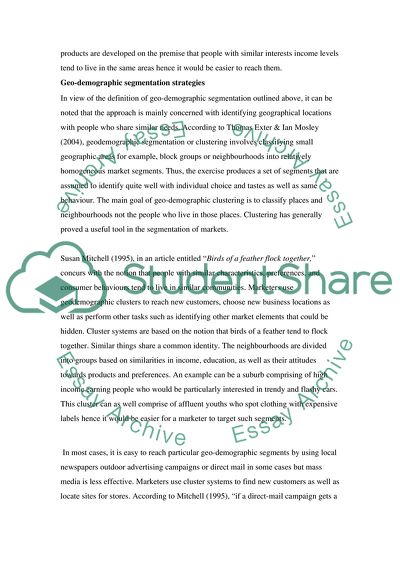Cite this document
(Geo-demographic Segmentation Coursework Example | Topics and Well Written Essays - 1500 words, n.d.)
Geo-demographic Segmentation Coursework Example | Topics and Well Written Essays - 1500 words. Retrieved from https://studentshare.org/marketing/1718341-marketing-management
Geo-demographic Segmentation Coursework Example | Topics and Well Written Essays - 1500 words. Retrieved from https://studentshare.org/marketing/1718341-marketing-management
(Geo-Demographic Segmentation Coursework Example | Topics and Well Written Essays - 1500 Words)
Geo-Demographic Segmentation Coursework Example | Topics and Well Written Essays - 1500 Words. https://studentshare.org/marketing/1718341-marketing-management.
Geo-Demographic Segmentation Coursework Example | Topics and Well Written Essays - 1500 Words. https://studentshare.org/marketing/1718341-marketing-management.
“Geo-Demographic Segmentation Coursework Example | Topics and Well Written Essays - 1500 Words”, n.d. https://studentshare.org/marketing/1718341-marketing-management.


